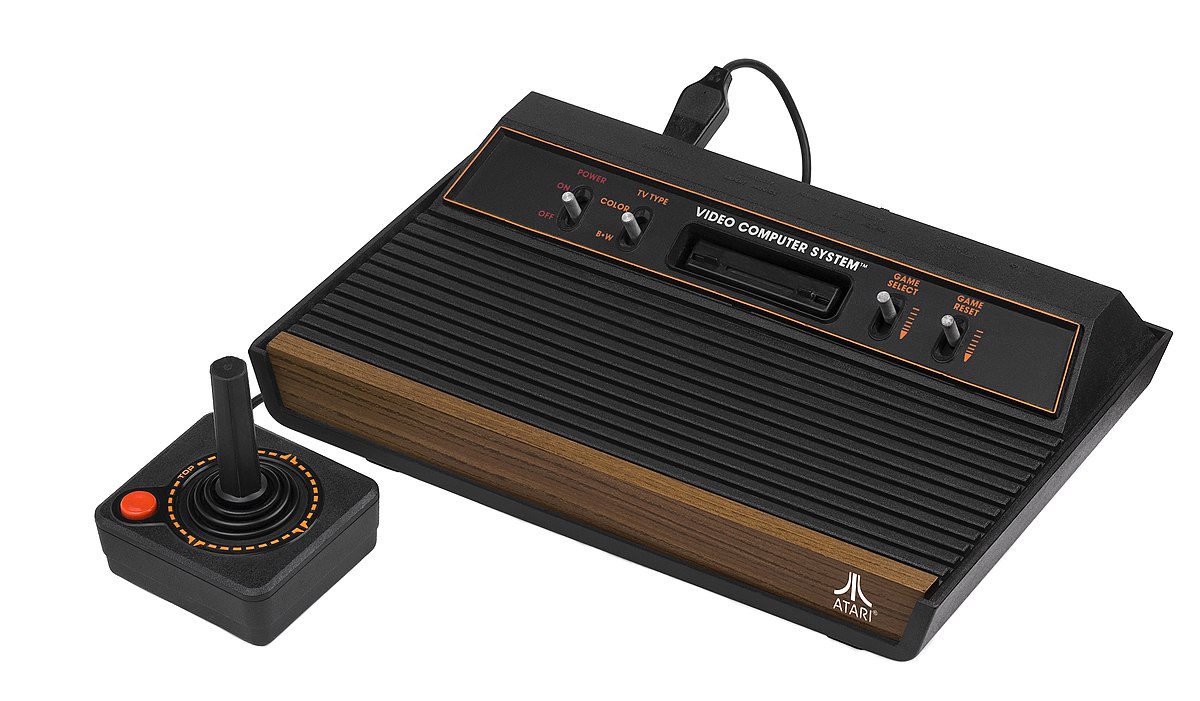Relationships are complicated things. They can bring out the best and the worst in people. They can make a person do things they never thought possible, both in good and bad ways. Crimes of passion and things done out of spite are often associated with relationships gone wrong. One of the greatest spiteful maneuvers done in a relationship is actually tied in to Massachusetts history and in fact is seen by countless drivers on a daily basis. It comes in the from of a home. A beautiful, stately home, decked out completely in pink. It sounds delightful and in most cases it would be. However this pink house does not reside in a suburban neighborhood, or even on a remote estate. No, this pink house sits in a marshy wetland. Allegedly built out of spite by a husband for his soon-to-be ex-wife, this is the story behind the oddity that is the Pink House of Plum Island, Massachusetts.
 |
| The Pink House of Plum Island(Elizabeth Thomsen/Flickr) |
The urban legend that surrounds the Pink House goes as follows. During divorce proceedings one of the wife's demands was that she have a house built that was an exact replica of the one she had shared with her husband. She never specified where to build it though which led to the spiteful husband building it upon the marshy area where it still resides. It was purportedly even built with salt water plumbing making it virtually uninhabitable.
Whether or not the Pink House was built as a less than charitable gesture by a divorcing husband the idea of a 'spite house' is very real. It is a dwelling built with the main purpose being to irritate neighboring home or land owners. Examples of this practice can be found in a link to an article on TreeHugger.com at the end of this post. That being said it has yet to be confirmed as to whether the house along the Plum Island Turnpike was built from spite or not. Here are the basic facts of the story.
Young couple Henry Cutter and Ruth Morin wed in Newburyport, Massachusetts in June 1922 at the home of Ruth's parents on High Street. They lived in a few places around town in the ensuing years with Ruth giving birth to a son Henry Jr. in 1923.
Perhaps in a bid to give her grandson a permanent home, Henry's mother Gertrude Cutter stepped up and purchased a parcel of land in July 1925. This land, previously owned by prominent Newburyport widow Abbie Little, sat on the marshy uplands near Plumbush Creek a little more than a mile from the ocean. It had been used for harvesting salt marsh hay, hardly a pristine location for a new family home. Though it must be said that during this time the nearby waterfront of Plum Island was being built up with homes to attract families.
On this parcel of land a two-story house was built in 1925 roughly 150 back from the road on the uplands. The home was painted pink, though it is not known why. It was likely seen as a perfect home to live in for a young family. However the honeymoon was very short-lived. Behind the scenes there had already been trouble brewing between Henry and Ruth. This was only exacerbated after moving in to the Pink House.
Once settled in Henry would routinely disappear. It was said by Ruth he would leave for upwards of a week at a time while she stayed in the house with their son. The Pink House was in a wide-open area, exposed to the elements. It was prone to having water in the basement with towels and newspapers being used in the place of curtains. During a 12-day absence by Henry in November 1925 Ruth contacted an attorney who advised her to take her son and everything she believed was hers and leave the Pink House behind. That is what she did. A separation soon followed along with divorce proceedings citing desertion as the cause.
Only after leaving the Pink House did Ruth discover the depth of Henry's deception. It turned out that he had been spending a lot of time in the company of a Boston businesswoman named Beatrice Bowry. In addition Henry would get meals from his mother Gertrude's home while leaving Ruth $2($31 in 2021) for food and necessities for the week for both her and their infant son.
It took more than a decade for the divorce to be finalized after which Henry married Beatrice. The Cutter Family maintained ownership of the Pink House until the sold it in 1947, using it as a summer home in those years. The Pink House was sold four times in eight years with brackish water in the plumbing being purported as a source of trouble for the owners.
Milton and Juliette Stott became the sixth owners in 1960 and brought some stability to the property. The home remained in the family's possession until 2011 even though it was not lived in after the early 2000's. In 2011 the U.S. Fish & Wildlife/Parker River Wildlife Refuge bought the home and the salt marsh property it stands upon. In 2016 there was a close call with the home nearly being razed. Support the Pink House is an organization working to this day to preserve this unique and now historic home.
Despite the legend that the Pink House was built out of spite by an angry soon-to-be ex-husband there is not much to support that claim. Unfortunately the reality of the situation is sadder. Henry Cutter moved his wife and young son into the house and abandoned them there with little money while he lived like a king with free food at his mother's and a new lover on the side.
Regardless of why it was built the Pink House of Plum Island is truly a sight to see. It has become a very popular spot for photography, painting, and even bird watching. Located on a marshy upland along the Plum Island Turnpike it is hard not to stop and stare at this historic and oddly placed home in wonder.
Previous Blog Posts:





















